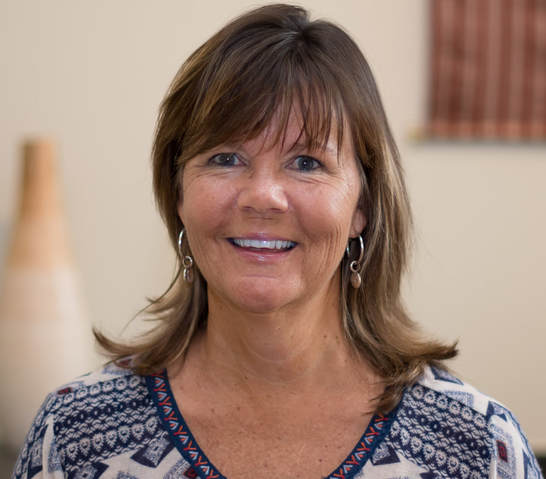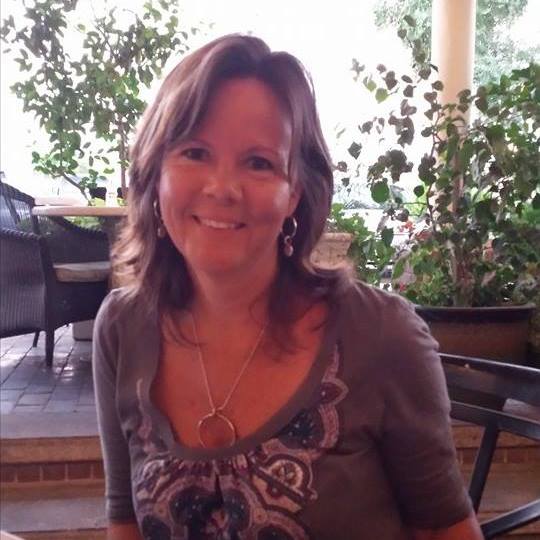|
I am away from home for work for two weeks. (whine, whine, right?) As much as I miss Dave and the pups, I am finding some incredible truths in my travels through Texas and Bogotà, Colombia (don't try to make a connection--it is simply my work schedule). In Brownsville, Texas, we were watching a video of a teacher talking about her work with her 4th grade students, and the participant said, "It's like the more she loves what she is teaching, the more the students love the learning." I may or may not have done a little happy dance. I think that statement is so important---we have to be careful, though, to not expect that JUST because we love what we are teaching, the kids will love it, too. After all, if I pontificate or lecture minutes upon minutes about a subject and don't give students a chance to process the information for themselves, then all I have done is a diatribe, right? Not unlike doing a tap-dance routine in front of a group and hoping they like it. Nope, that is not enough.
Instead, I have to make sure that the students (or adult participants) have a change to process the information (I say "muzshel" their information around, but I can't find that word anywhere so it must be a Shellyism to mean "mix or merge"). How do we process the information? 1. We first need to do this individually. After all, if I don't have time to think about what I just heard or read, I won't have my own thoughts to share. So, we ask our students to write something down (either specific like "Write one way you could use this in your learning of fractions?" or "Write one thought you are having so far about what we are learning.") 2. Next, we can combine thoughts with pairs or trios. I get asked sometimes, "Why in pairs or trios? Why not share with the whole table (of 5 or 6 or 8, etc.)?" Think about that for a moment. What I tell groups or classes is "You get more bang for your buck if you talk in pairs first. Each person gets more talk time. Also, it is sometimes safer for people to share in smaller groups first". I advise having norms or expectations for sharing. What good does it do if Partner A says their thought then Partner B says their part, then they both look at the teacher like, "We're done. What next?" (Quit laughing. You know this has happened to you before, on either end). The norm I say is, "I want to hear, as I walk around and lurk and listen, things like, "I said something similar but I also thought......" or "Hmmm....I didn't quite see it like that. I thought......." The point is we are truly listening to one another. 3. THEN, we can share in larger group discussion. There are many, many ways to do this, but it takes consensus first and time to develop that consensus. Maybe groups write down their top three thoughts. Maybe one person is appointed to be the "sharer-outer", as my colleague, Peggy, says. Maybe you call on tables randomly. Maybe, if the groups aren't so large, they partner up with another group to share their thinking. No matter the process, we need to expect that we will learn something from one another in the procedure. I hope to never quit learning. I learn so much from my own participants, every single time I work. In Bogota, Colombia, even more, maybe, as I am teaching them about teaching, but they are teaching me about language and culture and so much more. Look for opportunities to learn from one another today. Don't close your mind off---just because you think you already know what you want to know about a topic (educationally, politically, relationally, etc.) You might just find that you have opened your mind to a whole new world.
0 Comments
Leave a Reply. |
Shelly ArnesonCategories |



 RSS Feed
RSS Feed